(PLVN) - The Energy Tracker Asia website has an article affirming that "the renewable energy boom in Vietnam has made this country one of the world's leading countries in sustainability and a top clean energy investment destination".
Over the past decade, Vietnam’s electricity demand has more than doubled. This trend is set to continue, driven by the country’s strong economic boom, population growth, and rapid industrialization and urbanization. While still dependent on coal to meet its growing energy needs, Vietnam has made significant progress in diversifying its energy mix, with a strong focus on renewable energy (RE) investments. As a result, Vietnam is well-positioned to transition rapidly to clean energy, secure a sustainable future, and attract foreign investment in RE.
Vietnam is one of the leading countries in renewable energy.
In 2014, the share of renewable energy in Vietnam was only 0.32%. In 2015, only 4 megawatts (MW) of solar capacity was installed for power generation. However, within 5 years, investment in solar energy has skyrocketed. As of 2020, Vietnam has more than 7.4 gigawatts (GW) of rooftop solar connected to the national grid. These figures have surpassed all expectations, marking a 25-fold increase in installed capacity compared to 2019 figures.
In 2021, data showed that Vietnam had reached a total solar power capacity of 16.5GW, while wind power - another important source of green energy - reached 11.8GW. Notably, the government has set an ambitious target of planning to develop an additional 12GW of onshore and offshore wind power by 2025. Concentrated efforts and updated policies are the reasons why Vietnam is gradually becoming the next renewable energy powerhouse of Asia.
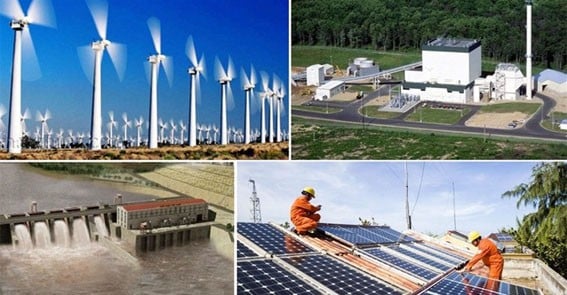 |
The potential of renewable energy in Vietnam is enormous. (Photo: Website of the Central Committee of the Vietnam Fatherland Front) |
Since the signing of the Paris Agreement in 2015, many countries have begun to actively implement their renewable energy programs. Now, nearly a decade later, the race for green energy has truly taken shape. According to the International Renewable Energy Agency (IRENA), in 2021, Vietnam was in the top 10 countries with the highest installed solar power capacity. However, the expansion of solar power has been halted due to grid issues. As a result, Vietnam is no longer in the top 10 countries in IRENA's rankings.
However, with ambitious green energy targets and the Just Energy Transition Partnership (JETP), Vietnam has the opportunity to regain its regional and global leadership in clean energy deployment. Vietnam’s abundant solar potential has attracted great interest from investors and is starting to yield significant results. In addition, investment in wind power projects also opens up huge potential. Vietnam has some of the best wind resources in Southeast Asia, with an estimated capacity of up to 311GW.
In terms of solar power, Vietnam has the potential to reach 85GW by 2030 and 214GW by 2050. If the grid issues are resolved and the rapid growth of renewable energy is restored, Vietnam will continue to climb the clean energy rankings. This means that Vietnam can surpass countries like South Korea in terms of solar power capacity and return to the global top 10.
Current status of renewable energy investment across Vietnam
The development history of the renewable energy market in Vietnam, along with its solid foundations, has turned the country into an attractive destination for global investors in the green energy sector. Vietnam is expected to become a focal point for attracting capital for clean energy projects in the coming years, especially investment opportunities in solar power.
In addition to the initial $15.5 billion JETP funding, the Vietnamese government is also looking to attract more private investors to the domestic market. A typical example is the effort to promote direct power purchase agreements (DPPAs) to facilitate businesses to purchase electricity directly from renewable energy companies at competitive prices. Furthermore, the government is also actively making the development of clean energy projects easier and more transparent. To date, Vietnam has implemented four of the six key policies that Climatescope considers necessary to attract foreign investment, including renewable energy targets, renewable energy auction mechanisms, feed-in tariffs (FiTs), net metering, import tax incentives, and VAT exemptions.
According to McKinsey, a renewable energy-based development path could open up many opportunities for Vietnam. This includes saving 10% of overall electricity costs, cutting 1.1 gigatons of greenhouse gas emissions and 0.6 megatonnes of particulate matter emissions. Energy imports would also be reduced by 60% by 2030.
The future of renewable energy development in Vietnam
Investors have recognized positive signs to seize the lucrative market opportunity such as Vietnam’s commitment to renewable energy, the Government’s ambitious targets, as well as relatively flexible terms and support policies to ease project financing. In fact, Vietnam is the 11th best emerging market for clean energy investment globally.
According to VietinbankSC’s report, the domestic renewable energy market value will reach 714 billion USD and continue to grow for at least another 25 years. From 2020 to 2030, the solar energy market will grow by 12.8%; the wind power market will grow by 34.2% per year.
Renewable energy is on its way to becoming the nation’s dominant energy source. As investments in solar and wind power begin to grow again, so will the country’s chances of becoming a leading renewable energy country in Asia and beyond.
The Government’s recognition of the country’s huge technical potential for clean energy development in the Power Development Plan 8 is a big first step. Next, Vietnam needs to further improve its targets. For example, renewable energy currently accounts for about 30% of Vietnam’s total potential, creating huge opportunities for the development of domestic clean energy technology. Moreover, the Government has ambitions to become the region’s leading green energy exporter. Accordingly, Singapore has plans to import clean electricity from Vietnam. Specifically, The Straits Times reported on November 14, 2024 that from 2033, Singapore will import 1.2 gigawatts (GW) of low-carbon electricity, mainly generated from wind power, from Vietnam.
Source: https://baophapluat.vn/viet-nam-nha-may-nang-luong-sach-tuong-lai-cua-chau-a-post540497.html


![[Photo] Closing of the 11th Conference of the 13th Central Committee of the Communist Party of Vietnam](https://vstatic.vietnam.vn/vietnam/resource/IMAGE/2025/4/12/114b57fe6e9b4814a5ddfacf6dfe5b7f)












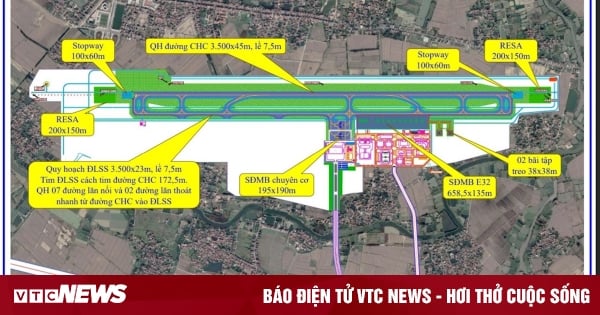
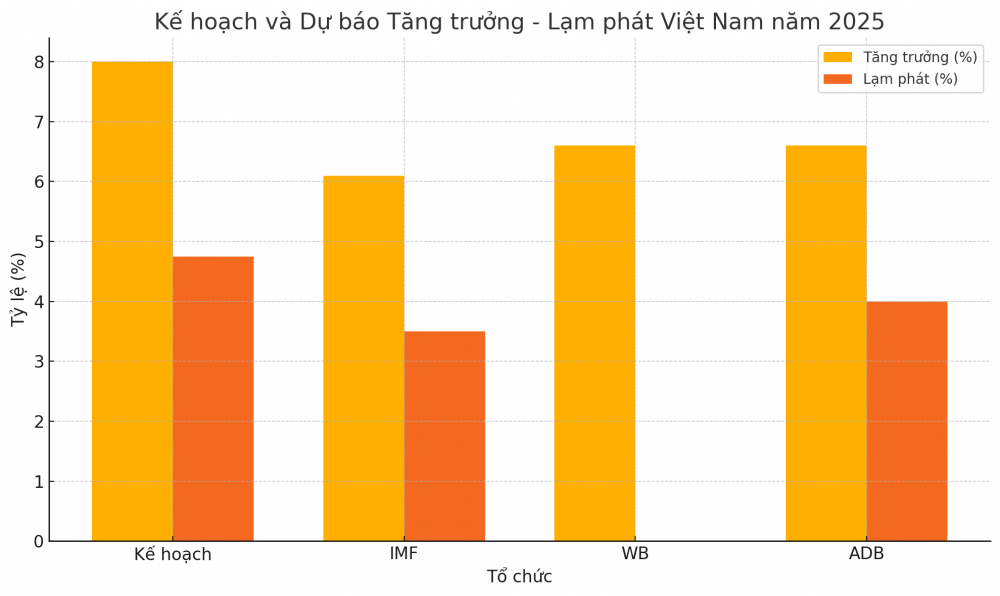
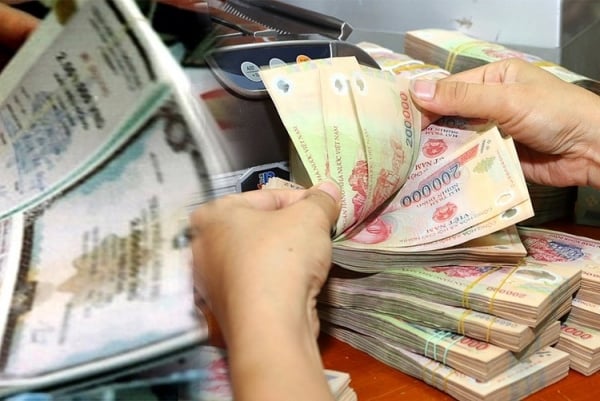
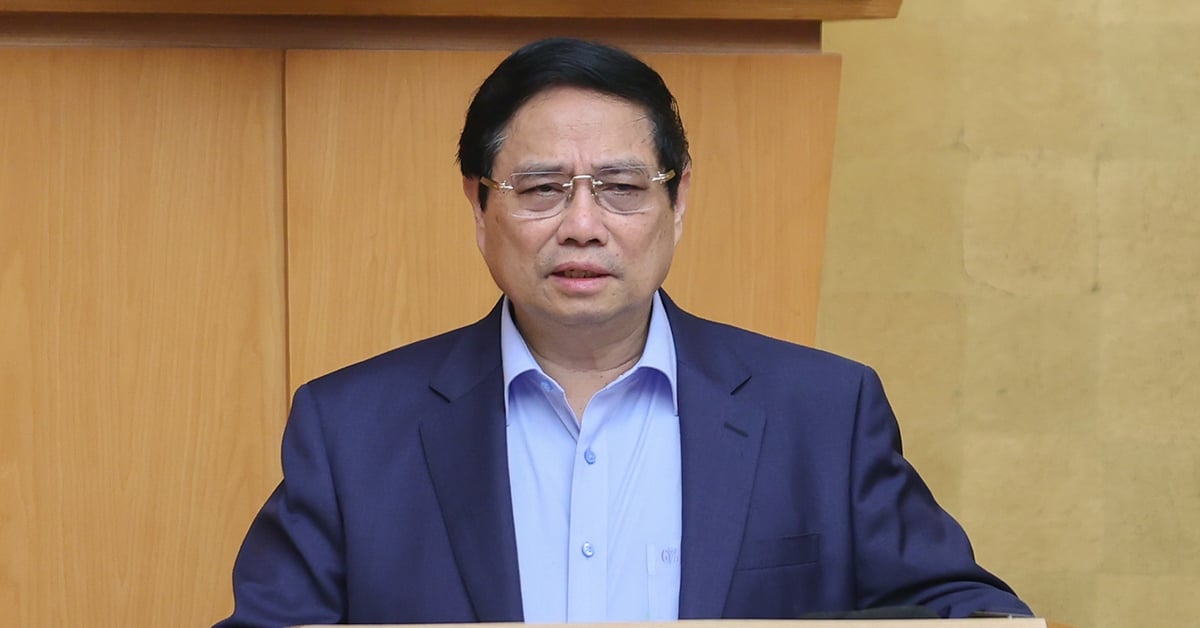










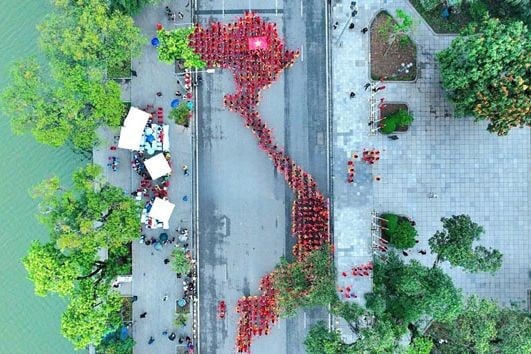

![[Photo] Overcoming all difficulties, speeding up construction progress of Hoa Binh Hydropower Plant Expansion Project](https://vstatic.vietnam.vn/vietnam/resource/IMAGE/2025/4/12/bff04b551e98484c84d74c8faa3526e0)




























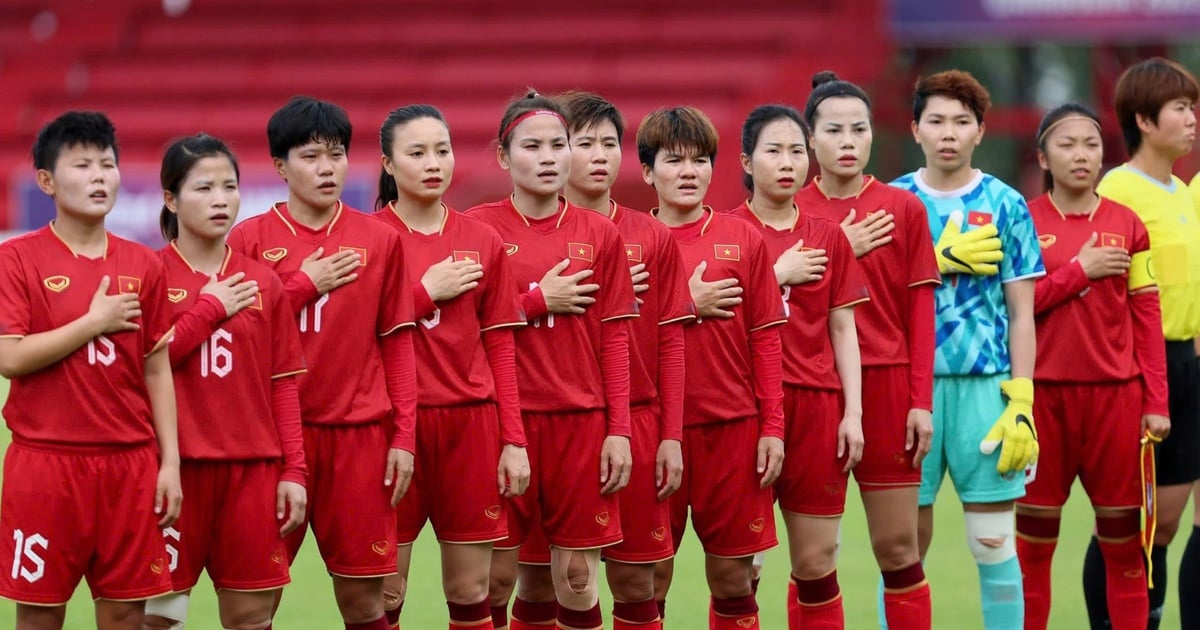
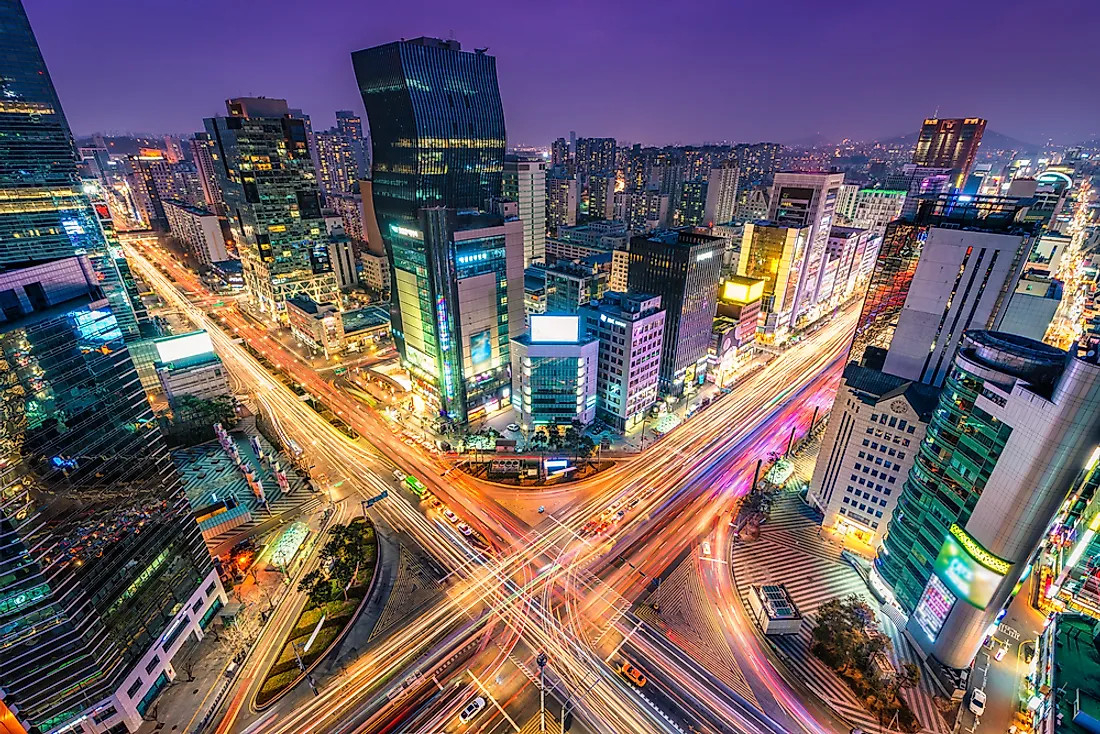

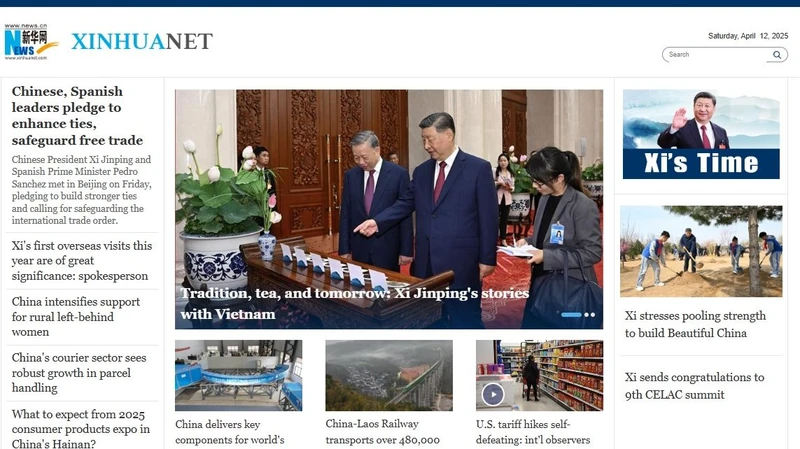
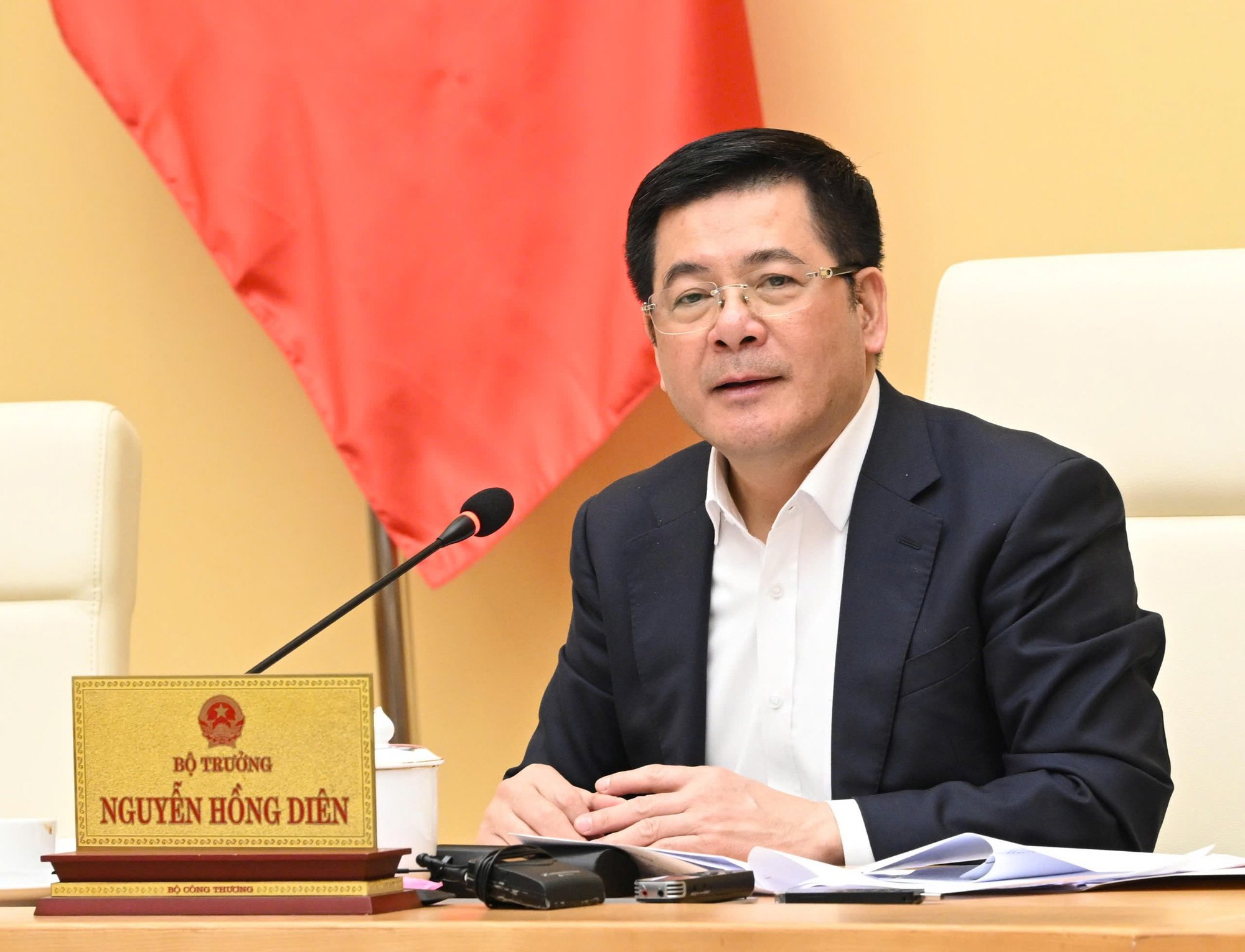
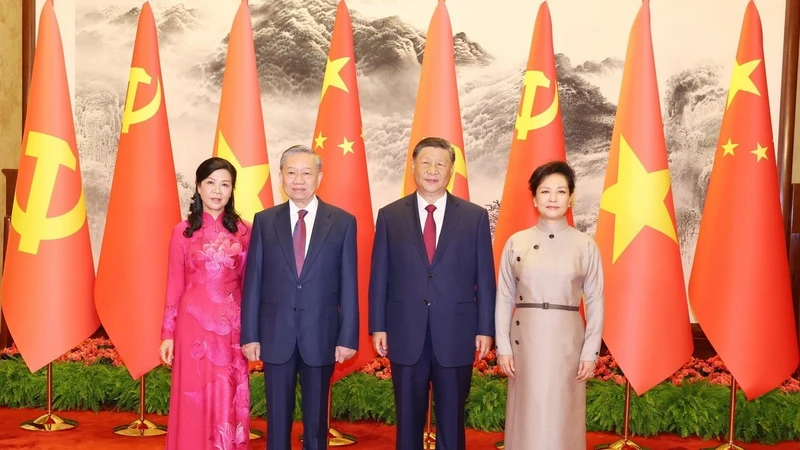















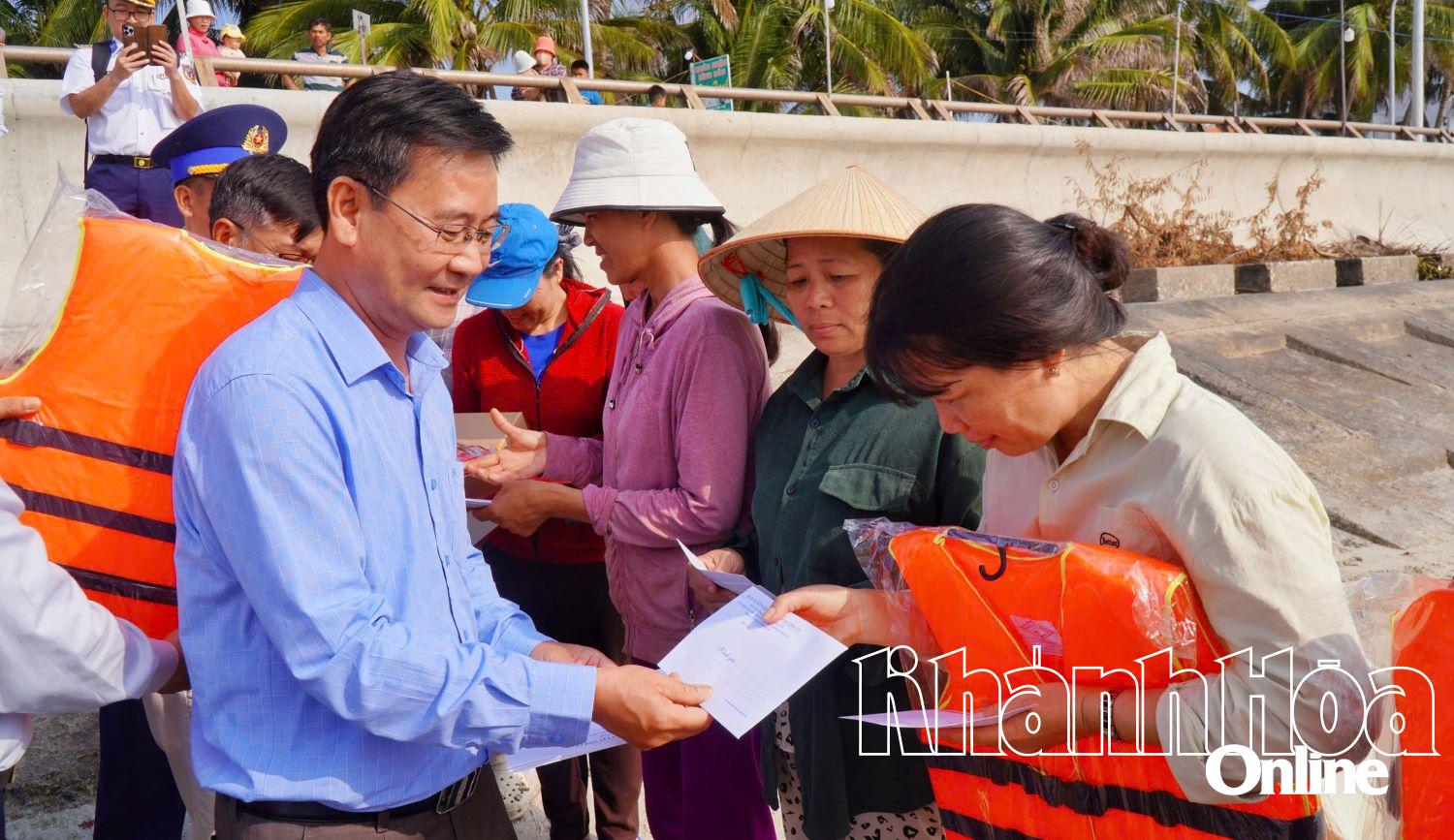












Comment (0)